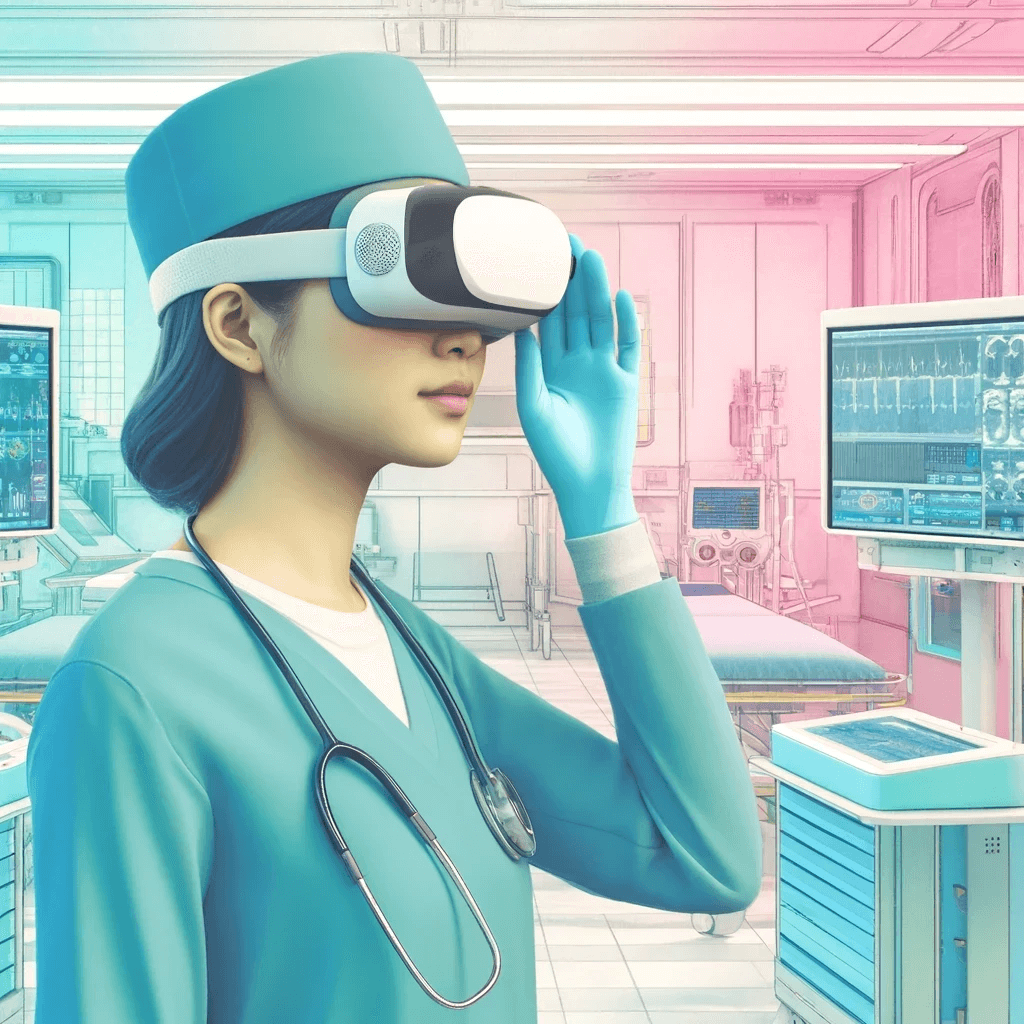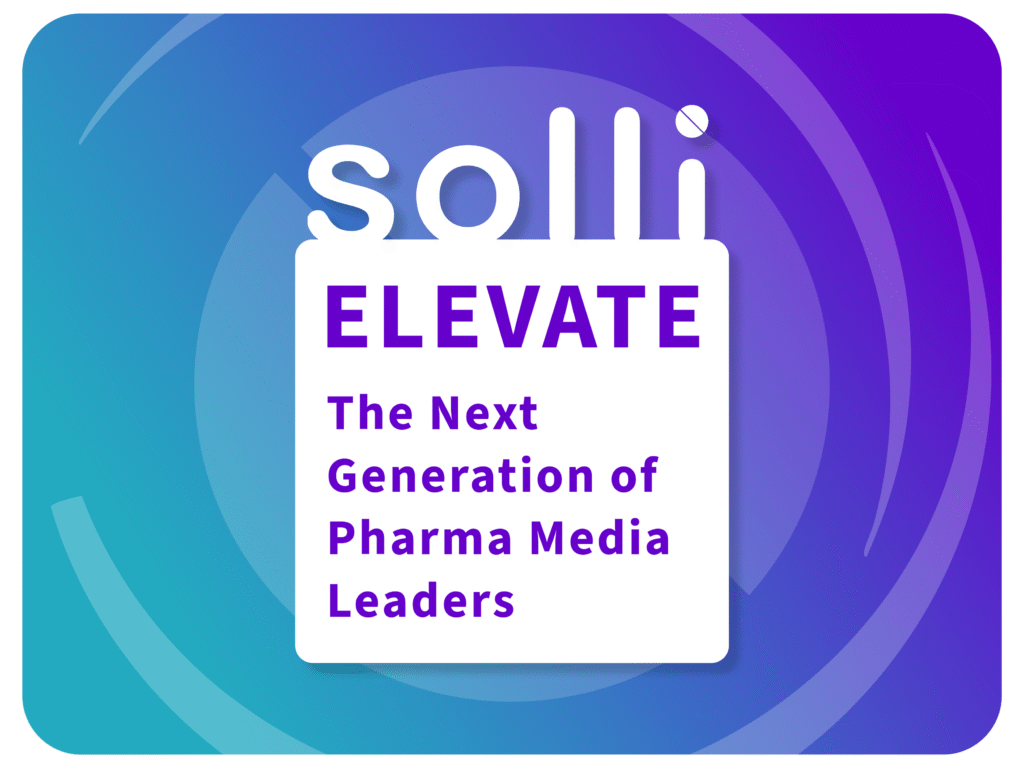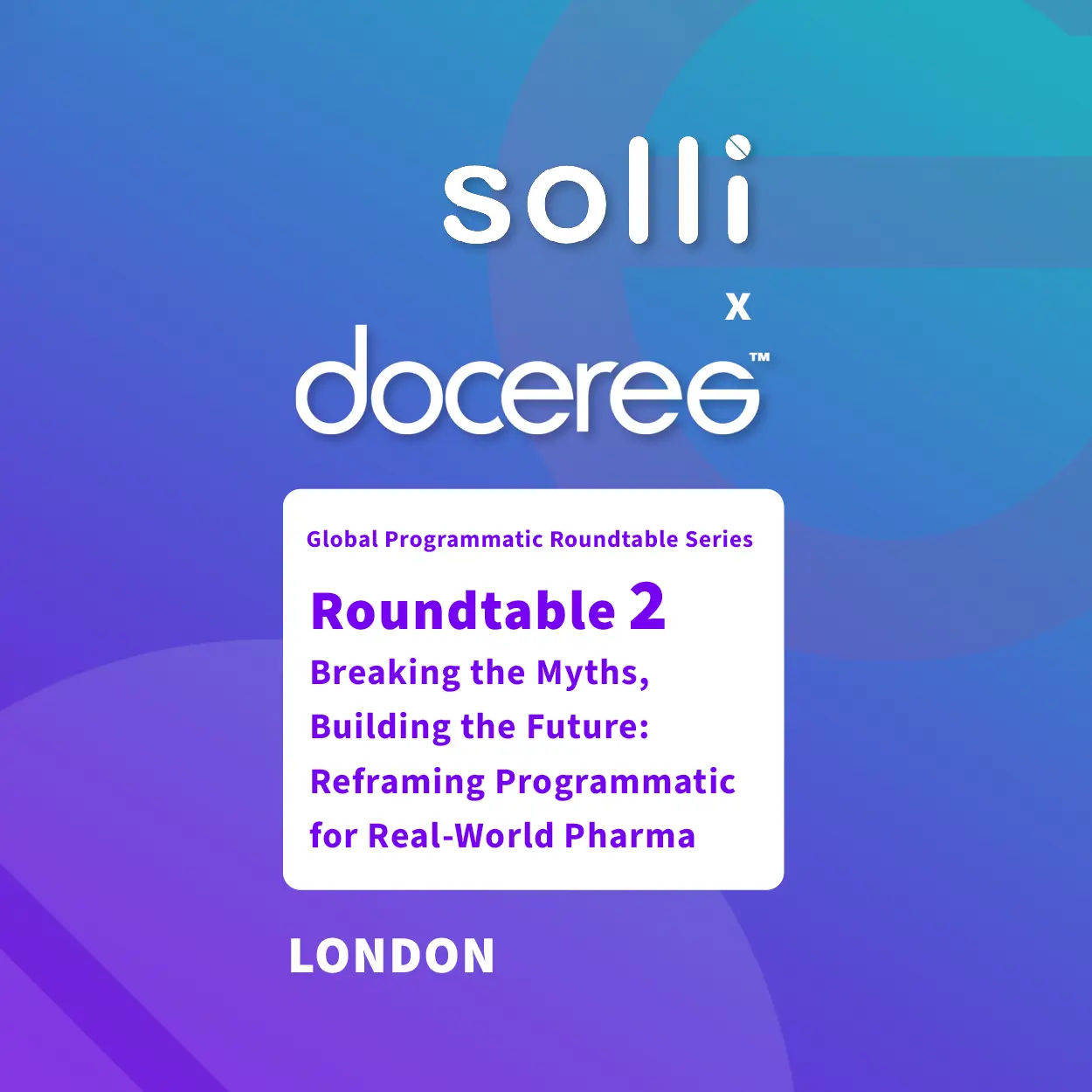Extended Reality: How to Navigate 4 Common XR Challenges within Pharma Media
Overcoming Four Key Challenges in AR, VR, and MR to Harness Opportunities in Pharmaceutical XR

The potential for XR (Extended Reality) – AR (Augmented Reality), VR (Virtual Reality), and MR (Mixed Reality) – technology is both vast and transformative. They offer groundbreaking possibilities for medical training, patient education, therapeutic interventions, surgical planning, and remote consultations. Extending past medical only applications, consumer centric organizations should leverage immersive content in the world of media and advertising to create a tangible connection with their audience.
These technologies offer innovative ways to engage with both healthcare professionals and patients, promoting products, services, and educational content in immersive and interactive formats. However, navigating the challenges inherent to new ways of marketing requires careful consideration and strategic forward thinking.
Below we work through the most common challenges and advise on how to navigate each.
Regulatory Compliance:
- What we face: Healthcare advertising is subject to strict regulations to ensure accuracy, transparency, and patient safety. Integrating XR technologies into advertising campaigns requires navigating complex regulatory frameworks, regulatory bodies that are struggling to keep pace with the rapid evolution of AR and VR content.
- What to do: Healthcare organizations, media agencies, and XR developers must collaborate closely with regulatory authorities to establish clear guidelines for immersive advertising content. This collaboration ensures compliance with existing regulations and will usher in a new era of innovation in healthcare marketing.
Data Privacy and Security:
- What we face: Handling sensitive patient information in advertising campaigns demands meticulous attention to data security. XR technologies introduce new data security challenges, such as the possible collection of user data within immersive experiences. The challenge is not new and are the same concerns the digital industry has faced about privacy breaches and regulatory non-compliance.
- What to do: “Privacy by design” ensures that XR advertising campaigns prioritize data protection from the outset. Implementing robust encryption, anonymization techniques, and user consent mechanisms will mitigate privacy risks and enhance trust among our audience. This outlines s a good way to vet partners before starting to work with them.
Cost and ROI:
- What we face: Developing XR-based advertising campaigns entails significant upfront investment in technology, content creation, and talent. Healthcare organizations may hesitate to allocate resources without clear evidence of the return on investment (ROI) and long-term effectiveness of these campaigns.
- What to do: As is an industry norm, investment in research and clinical trials is vital to demonstrate progress in pharmaceutical products and we should take a similar approach to emerging technology and innovation. Investing in test and pilot initiatives to demonstrate the tangible benefits and ROI of XR-based advertising campaign is the fastest way to adoption. Metrics such as engagement rates, dwell time and product/brand recall provide valuable insights into the effectiveness of these immersive experiences in healthcare marketing. Finally, everything created for AR or VR is easily adaptable to internal content needs (i.e. employee education and retention initiatives), while for marketing initiatives the experiences do not have an expiry date which allows the investment to be amortized over more people, longer in market durations, more media channels, and establish a competitive differentiation.
Audience Adoption:
- What we face: Despite the potential for immersive experiences to captivate audiences, widespread adoption of XR technologies in healthcare advertising remains limited. User familiarity and connectivity barriers can hinder the reach and effectiveness of XR-based campaigns.
- What to do: Designing XR advertising campaigns with the end-user in mind is crucial for maximizing engagement and adoption. Tailoring content to address specific patient (and/or doctor) needs and preferences while leveraging technology to enhance the real time adaptability of the content can enhance the relevance and effectiveness of immersive experiences in healthcare advertising.
People of the world are craving experiences to live, learn and engage; give them what they want.
Lloyd Lottner is the founder of HiroXR. HiroXR are the connectors of best-in-class technology — expanding your business, by Extending Reality. Specializing in advanced immersive technologies, HiroXR provides customized, end-to-end strategic solutions that revolutionize human engagement.


























